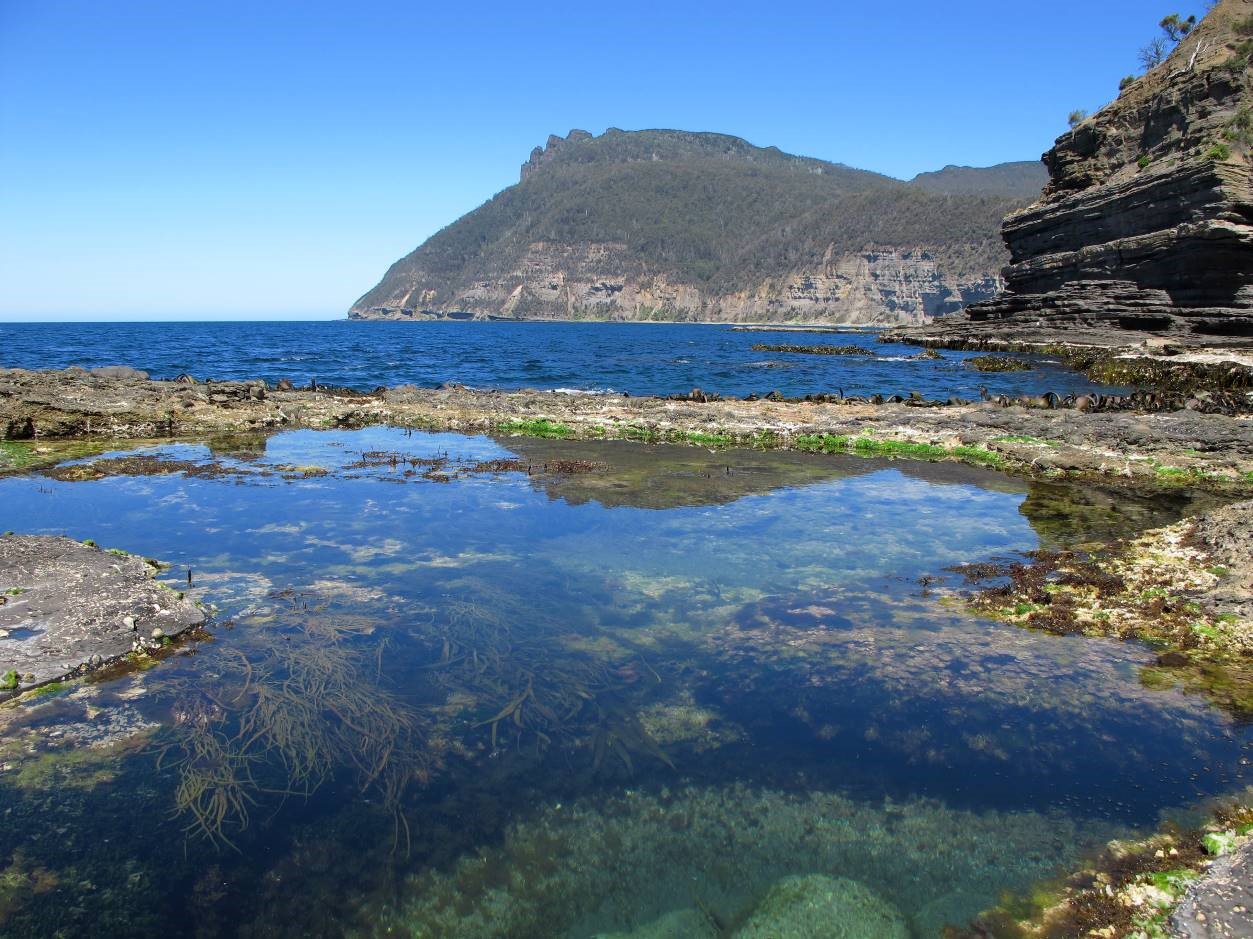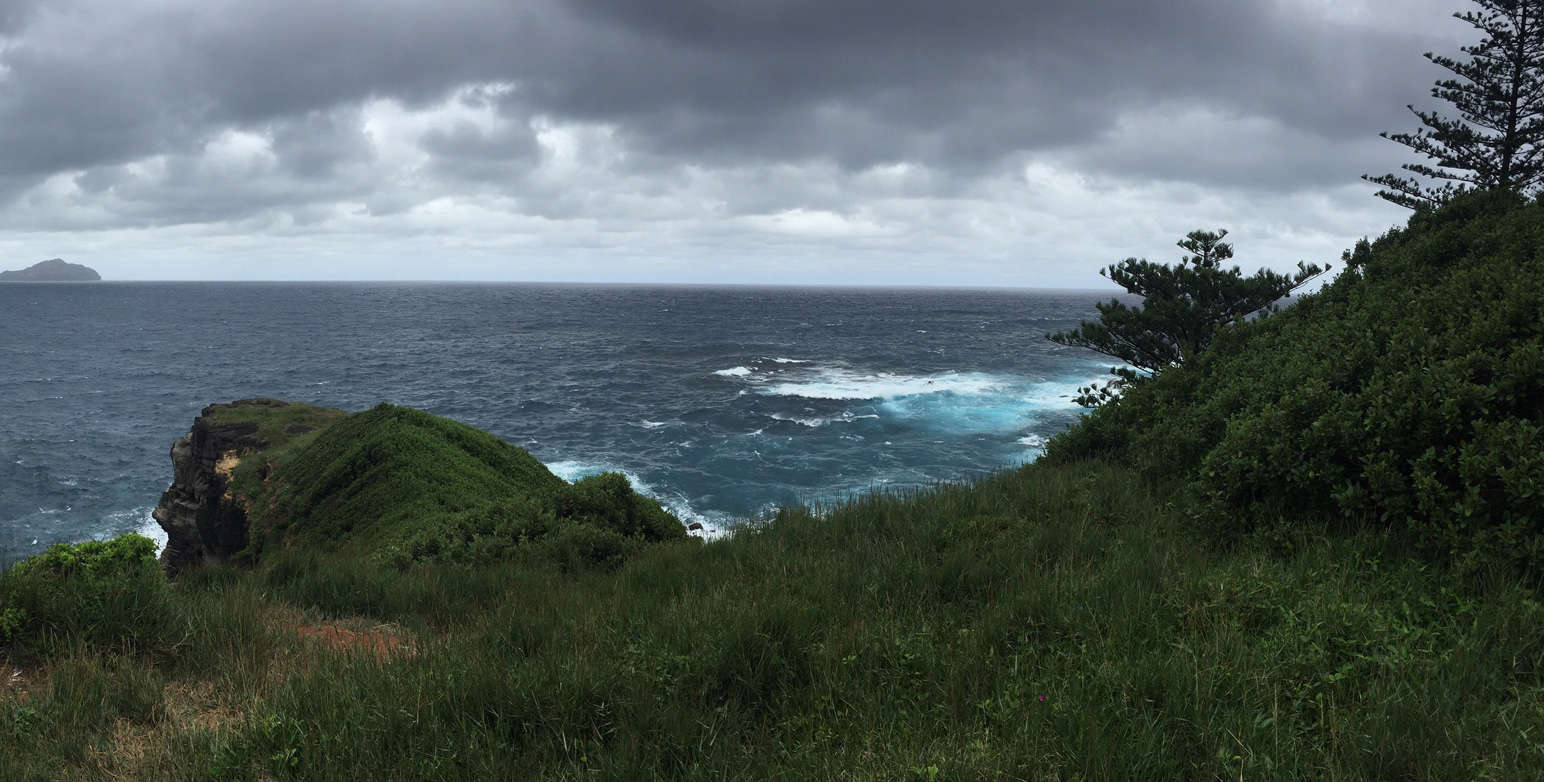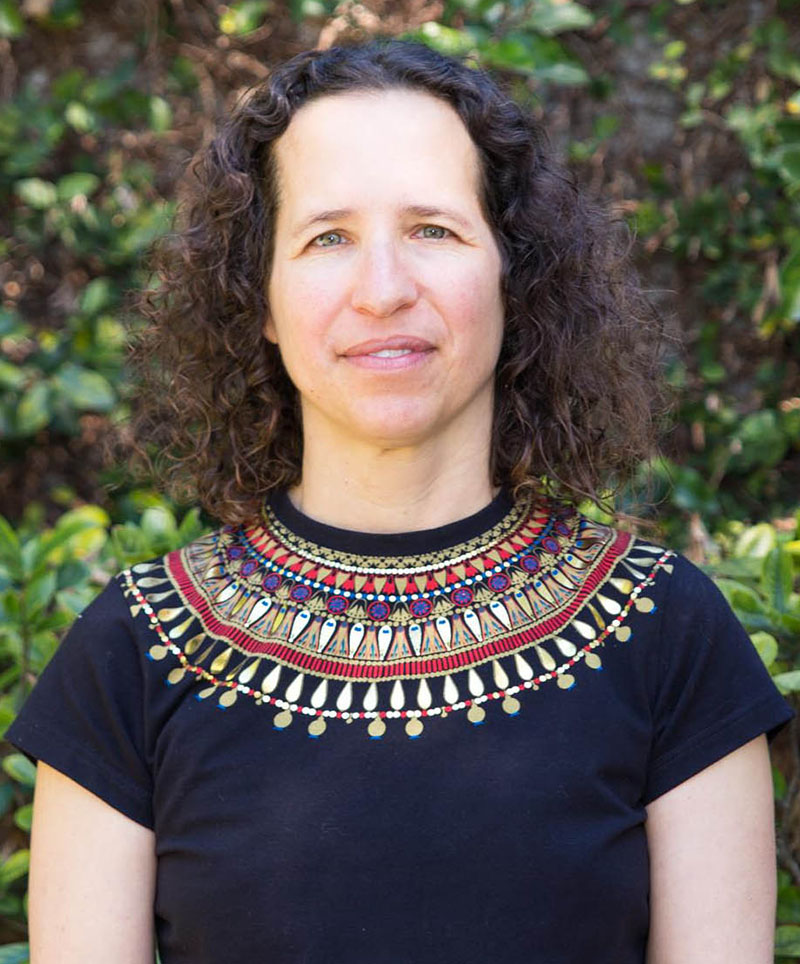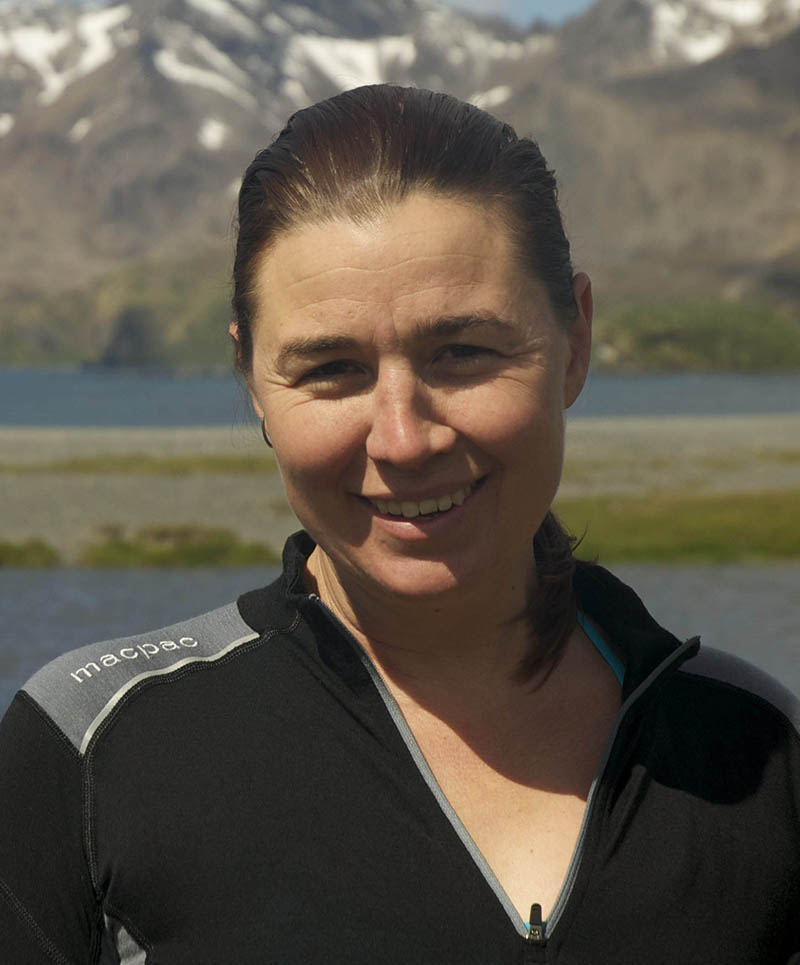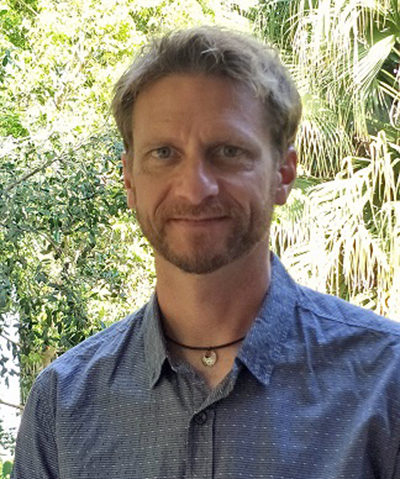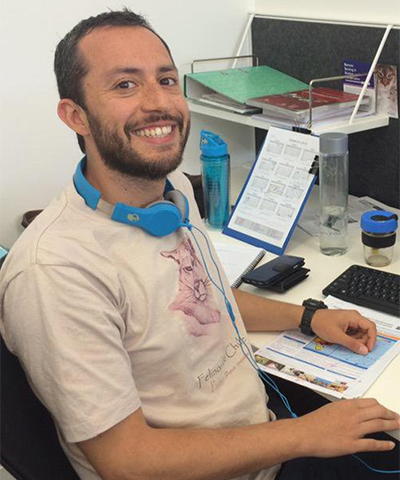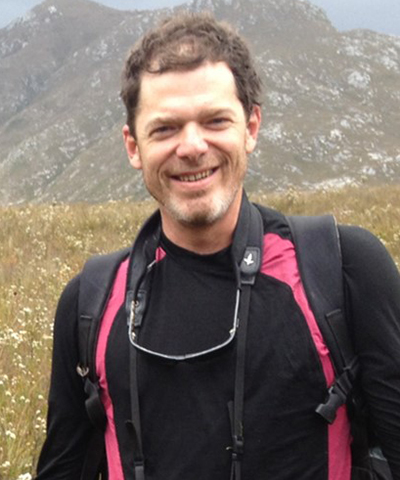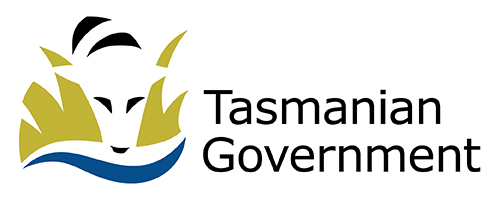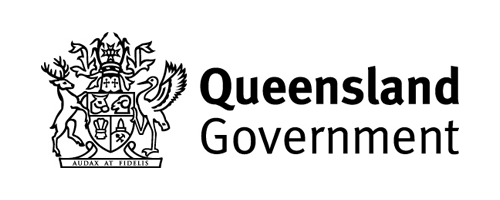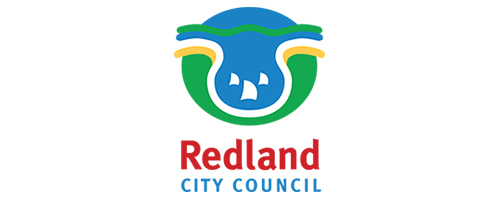
Project: 4.2.2
Actions for saving threatened species on priority islands
Project Leaders: Salit Kark , Justine Shaw
Research in Brief
Australia has over 9000 islands supporting hundreds of threatened species. Although islands are havens for biodiversity, more species extinctions have occurred on Australia’s islands than on its mainland. Invasive species can have catastrophic consequences to native species and ecosystems on islands.
Australian policy-makers and managers need evidence to prioritise the most effective conservation actions for populated islands. This subproject looked at case study islands and undertook new research in key locations. The research focused on eradicating cats and managing other invasive species to improve threatened species conservation on Stradbroke Island, Maria Island and Bruny Island.
Why is the research needed?
The same factors that make islands hotspots of biodiversity contribute to the key threats to their species and ecosystems. The project addressed a need to prioritise action for target populated islands in order to focus on the most effective and efficient conservation actions for island biodiversity nationally.
The project was developed in response to requests for guidance from island land managers. Significant knowledge gaps exist about the drivers of threats to biodiversity on the selected islands and how best to manage islands for optimal conservation outcomes. The research was needed to provide data and guidance that is end-user driven, and designed for ease of practical adoption by key stakeholders on the islands.
Guidance developed through the research will focus on the high-priority problems of identifying key threatened species for the specific islands, understanding cat–rat interactions, determining the feasibility of eradication, and prioritising habitat and species management within a given budget.
![]()
Lachlan Francis setting up a tracking tunnels to investigate rat occurrence in little penguin and seabird colonies on Bruny Island. Image: Justine Shaw
How can the research help?
The project represents a strategic and evidence-based approach to island land management nationally. It selected populated islands that are hotspots and refuges for endemic and threatened species, informed by advice from the Office of the Threatened Species Commissioner and the five islands identified for feral cat eradication under the Threatened Species Strategy, and by island managers who approached us. The research will inform how to prioritise management actions for these islands through a targeted approach that will guide conservation actions to deliver the most effective results most efficiently on the islands.
The project will benefit the island ecosystems, species and stakeholders by directly addressing knowledge gaps about island management and feral animal management. We delivered practical guidance on how, where and when to invest in on-ground island management activities such as predator eradications, prioritisation of action within and across islands for both threatened and invasive species, and managing threatened species on islands. The research will improve on-ground action by providing up-to-date information on threatened species distribution and population status.
The findings from these case studies will be relevant to the optimisation of feral animal control on other populated Australian islands. Through its partnerships, the project will also enhance community engagement on the islands.

Callitris, Maria Island. Image: Drew Lee
What research activities are being undertaken?
The project developed decision support tools for proposed cat eradications under different management scenarios for the priority islands. We incorporated information about island ecological communities and their values to our analyses to determine the likelihood of success. The case studies provided information that directly informed how and where invasive species can be managed (cats, rats and cane toads).
For Bruny Island, the project included delivery of a feasibility assessment of multiple cat eradication and management scenarios, and is investigating the significance of rat–cat interactions.
For Maria Island, we identified key threatened species habitats, determining how this can drive invasive species and fire management.
Research on Stradbroke island drew on Indigenous cultural knowledge and modelling to support planning for feral predator eradication (feral cats and foxes), and provides guidance on monitoring to support adaptive management and optimal feral animal control strategies.
Who is involved?
The project collaborated with dozens of partners, including:
Stradbroke Island: Straddie Pest Management Group and a range of private companies, NGOs, government agencies and local island and Indigenous organisations.
Bruny Island: Biodiversity Conservation Division, Regional NRM office, Kingborough Council, Tasmanian Department of Primary Industries, Parks, Water and Environment, Bruny Island Cat Management Project.
Maria Island: Parks and Wildlife Tasmania, Difficult Bird Group, Australian National University (NESP Project 2.2).
Where is the research happening?
The research took place on Bruny Island, Maria Island and Stradbroke Island.
When is the research happening?
The project ran for four years from 2016 to early 2020.
Further information
For more information please contact:
Salit Kark - s.kark@uq.edu.au
Justine Shaw - j.shaw6@uq.edu.au
Top image: Maria Island. Image: Drew Lee
